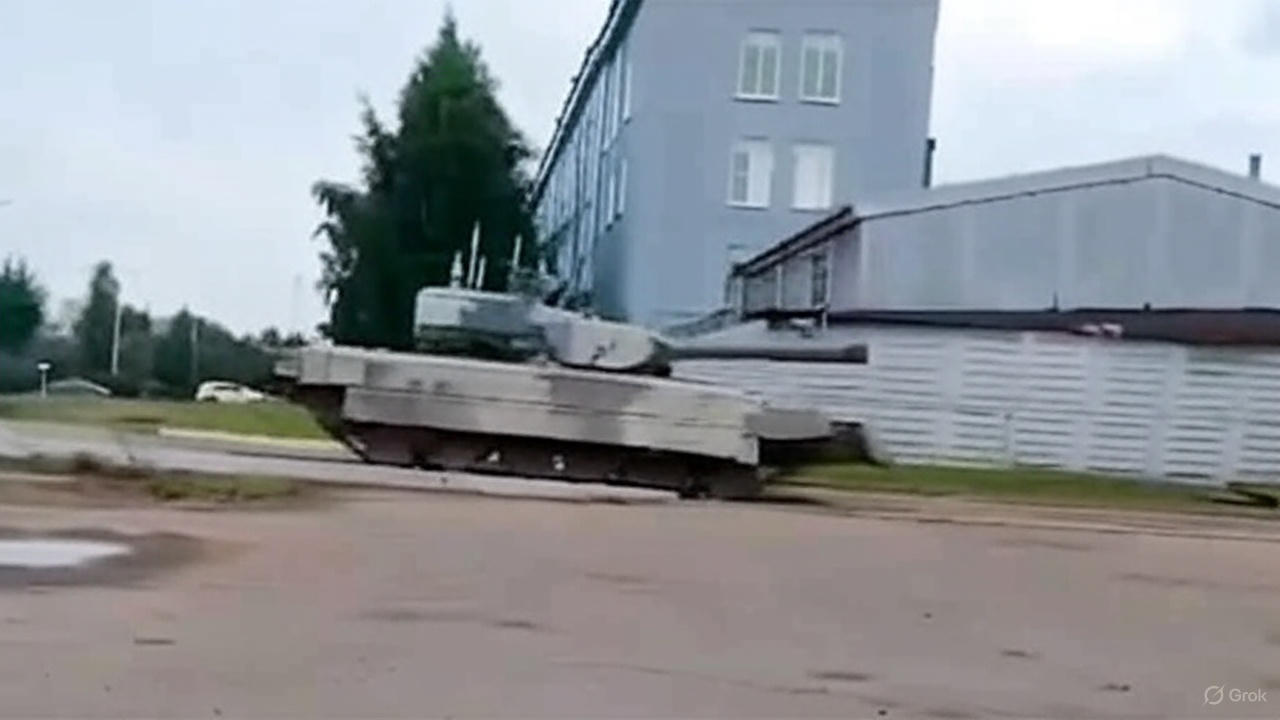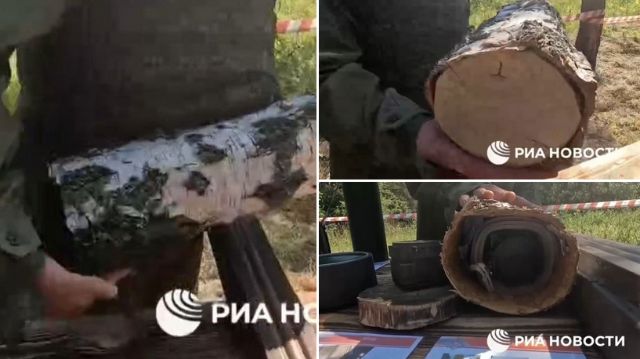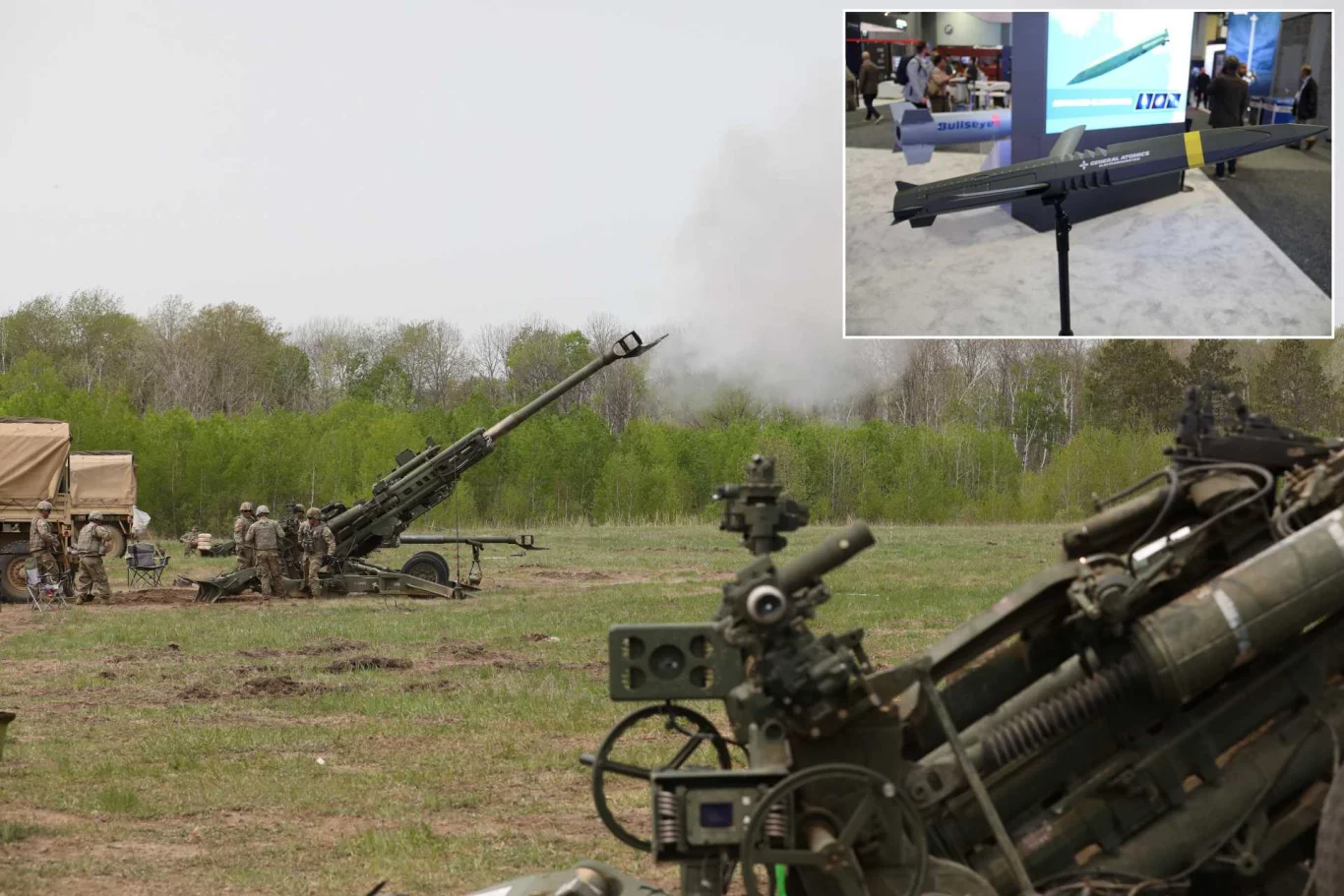Get ready to witness a groundbreaking leap in military technology as Russia unveils the full might of its Shturm heavy robotic assault system! On July 27, 2025, military analyst Andrei_bt shared stunning footage on Telegram, showcasing the first-ever comprehensive field trials of this game-changing innovation. Developed by Uralvagonzavod (UVZ) under a contract from the Russian Ministry of Defense, the Shturm system, built on modified T-72 and T-90 tank chassis, promises to redefine battlefield dynamics. With unmanned combat vehicles and a dedicated command unit operating in perfect harmony, this cutting-edge technology aims to breach Ukrainian defenses while keeping troops out of harm’s way. Buckle up as we dive into the details of this futuristic war machine!
A Historic Reveal: The Shturm Takes Center Stage
For the first time since its inception, Russia has pulled back the curtain on the complete Shturm robotic assault tank complex during recent field trials. The footage, captured within the industrial heart of Uralvagonzavod in Nizhny Tagil, offers a rare glimpse into this technological marvel. The video reveals the robotic tank and its command vehicle maneuvering toward a fenced parking area, hinting at a controlled internal testing environment. Satellite imagery further confirms the presence of additional Shturm vehicles, identifiable by their urban camouflage, compact turret designs, and uniquely shortened guns. This suggests that UVZ is conducting simultaneous or coordinated trials, centralizing development at their flagship facility before any potential deployment.
The trial’s setting amidst the Ural Design Bureau of Transport Engineering (UKBTM) buildings underscores the meticulous integration and validation process. With multiple vehicles staged for action, the Shturm program is clearly accelerating toward a new era of armored warfare, blending innovation with the reliability of legacy platforms.
Engineered for Urban Domination
The Shturm combat vehicle stands apart from its T-72 and T-90 predecessors with a suite of purpose-built modifications tailored for high-risk urban combat. At the forefront is a robust bulldozer blade, designed to clear debris and obstacles in cityscapes, ensuring uninterrupted progress through chaotic environments. The vehicle boasts a shortened 125mm D-414 smoothbore gun, engineered with a reduced barrel overhang to enable seamless turret rotation in tight urban confines. This design tweak enhances maneuverability, making the Shturm a formidable presence in narrow streets and alleyways.
The turret itself sports a distinctive, compact shape, equipped with structural mounts for modular armament. Depending on the variant, these mounts can house launchers for rocket flamethrowers, twin 30mm cannons, or other specialized support weapons. Cloaked in a strategic urban camouflage pattern, the Shturm is optimized for concealment in built-up areas, blending innovation with tactical brilliance. These features collectively position the Shturm as a versatile, remotely operable platform, engineered to dominate the urban battlefield with unmatched flexibility and resilience.
Versatile Variants: A Multi-Role Marvel
The Shturm project introduces a family of combat vehicles, each tailored to specific combat roles. Combat Vehicle No. 1, built on a T-72 or T-90 chassis, features the shortened 125mm D-414 gun with a 4,000mm barrel and an autoloader capable of handling 22 rounds. Paired with a coaxial 7.62mm PKTM machine gun and a bulldozer blade, this variant offers 360-degree turret rotation, ideal for navigating and engaging targets in confined urban terrain. Rumors also swirl about an experimental 152mm gun variant in development, promising even greater firepower.
Complementing this are three additional variants, as previously highlighted by Army Recognition. Combat Vehicle No. 2 is armed with a launcher system for RPO-2 “Shmel-M” thermobaric flamethrowers and a 7.62mm PKTM, perfect for close-quarters incineration. Combat Vehicle No. 3 combines twin 30mm 2A42 automatic cannons, a PKTM, and an RPO-2 launcher, delivering a devastating barrage of firepower. Meanwhile, Combat Vehicle No. 4 wields 16 unguided 220mm thermobaric MO.1.01.04M rockets—similar to the TOS-1A system—capable of saturating large areas with explosive force. All variants are equipped with bulldozer blades and advanced armor designed to withstand 10 to 15 hits from anti-tank grenades and mines, ensuring durability in the heat of battle.
Command and Control: The Brain Behind the Brawn
A standout feature of the Shturm system is its mobile command post, also built on a modified T-72 or T-90 hull. This command unit serves as the central nerve center, coordinating a platoon of up to 50 unmanned vehicles within a three-kilometer radius. Encased in all-around armor, it offers robust protection while leveraging radio communication networks adapted from the T-14 Armata and T-90M platforms. The system integrates a technical vision suite with ultrasonic, infrared, and visible-spectrum sensors, supported by artificial intelligence (AI) for autonomous movement, target recognition, and environmental mapping using trainable neural networks.
This marks a significant evolution from earlier systems like the Uran-9, which struggled with communication and targeting reliability in Syria and Ukraine. While the Shturm’s AI promises enhanced autonomy, the presence of crewed tanks during trials suggests that fully remote or autonomous operations are still a work in progress. Nonetheless, this centralized control model aims to overcome past limitations, offering a glimpse into the future of coordinated robotic warfare.
A Legacy Reborn: Roots and Evolution
The Shturm program traces its origins to the 1980s, though technical constraints delayed its realization until recent years. Revived with Ministry of Defense backing, the project builds on the T-72B3’s existing strengths—its 2A46M-5 smoothbore gun, Sosna-U thermal sights, Relikt ERA, and 840 hp V-84MS engine. First unveiled in 2018 by UVZ Director Alexander Potapov at the ADEX exhibition, the concept gained momentum with a prototype entering basic testing, as reported by RBC. The program also explores adapting Terminator-style fire support vehicles with robotic controls, featuring twin 30mm cannons and thermobaric weapons, further expanding its combat versatility.
Russian media in 2025 has tied the Shturm’s development to the growing use of robotic systems in Ukraine, proposing the formation of dedicated robotic companies within combined-arms units. This strategic shift underscores Russia’s intent to leverage automation to minimize troop casualties while maximizing battlefield impact.
Challenges and Critiques: The Road Ahead
Despite its promise, the Shturm system faces scrutiny. Independent assessments and Russian bloggers have labeled it a repurposing of outdated concepts, driven more by funding needs than true innovation. Critics point to the continued use of basic radios like Baofeng, highlighting deficiencies in secure communications and sensor technology. The reliance on older T-72A hulls—drawn from a pre-2022 stockpile of over 9,000 tanks, with 1,200 deemed serviceable—raises concerns about the limitations of legacy electronics.
Yet, the Russian Armed Forces are undeterred, testing similar technologies on captured Ukrainian T-72AMT tanks, such as the “Vasya” platform with FPV-style controls. This has sparked debates within defense circles about long-term procurement strategies. Military expert Yuri Knutov advocates for robotic “tank carousels” of three vehicles to mitigate risks from anti-tank guided weapons, offering a cautious optimism amid the challenges.
The Future of Warfare Unfolds
The Shturm heavy robotic assault system represents a bold step into the future of warfare, blending the reliability of the T-72 platform with cutting-edge automation. As Russia refines this technology, the Shturm could redefine how battles are fought, particularly in urban theaters. With ongoing trials and potential deployment on the horizon, the world watches as Uralvagonzavod pushes the boundaries of military innovation. Stay tuned for more updates on this revolutionary tank complex!




